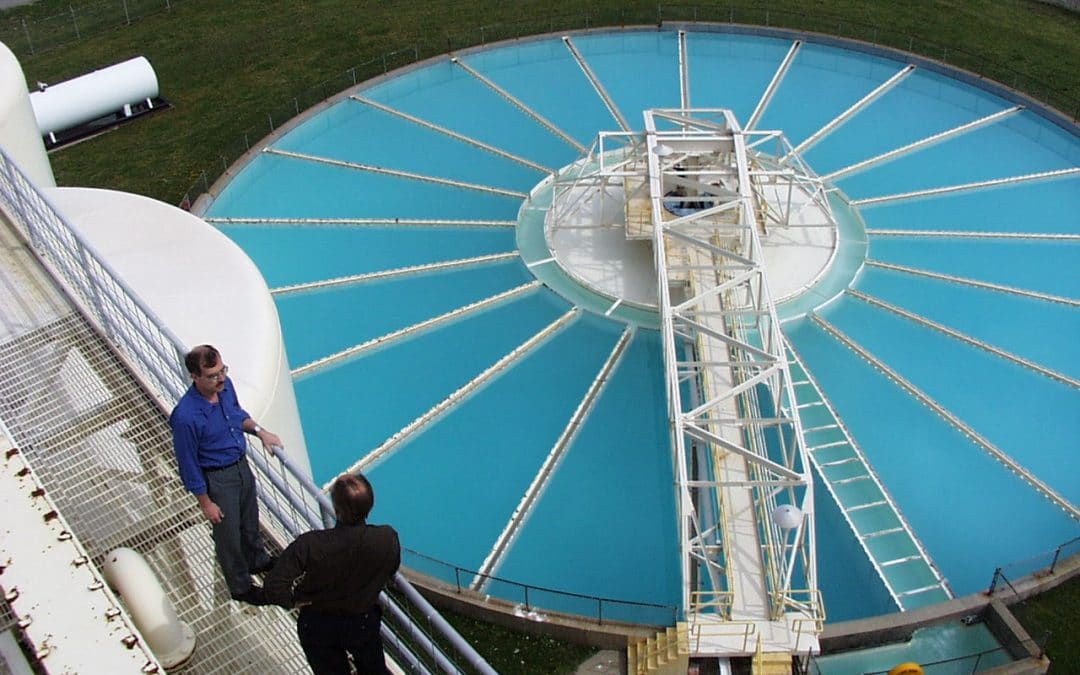Wastewater treatment is a critical step in making sure our local environment stays safe and well-protected. It’s also a big responsibility for any industrial facility that produces wastewater.
With this in mind, what are the best practices you should be adopting at your industrial wastewater treatment plant? We’ve compiled a list of some of these best practices below.
Draft a comprehensive plan for monitoring
Industrial wastewater treatment plants are expansive and complex, with a great many processes, pieces of equipment and personnel working together to achieve the end result. With so many different components in play, it’s easy to see why effective management is so crucial.
This is why you need a plan — an outline of all the different elements you need to keep in control of.
Different local governments have different rules when it comes to wastewater treatment. The city of Salem in Oregon, for example, recommends the following outline to help you manage your plant effectively.
- List the different treatment requirements.
- List the different operating procedures.
- List all practices that need to be controlled:
- Plant site runoff
- Spillages and leaks
- The disposal of sludge and waste
- Any drainage from storage of raw materials
- Any other potential hazards
Check with the local government in your area to make sure your plant is in compliance with all monitoring and assessment requirements.
Monitor your outflow
Keep on top of the water that flows out of your plant, as this will tell you if there are any problems that need to be addressed in your processes. Oil and grease should be broken down chemically during the water treatment itself, and there should be no residual odor in the effluent.
Develop a systematic process of monitoring and assessing the quality of this outflow, and ensure that your water treatment plant is achieving the right results. This is crucial as a failing plant can be seriously detrimental to the local environment.
Implement an internal and external chain of contact
We’ve already hinted a couple times that local governments operate their own requirements and restrictions on wastewater treatment plants. While the Department of Public Works and Environmental Services, in accordance with the Clean Water Act, regulates industrial wastewater producers, state and county level regulations also come into play.
With this in mind, make sure you have a direct line to your local government, and maintain a good relationship with regulators in your field. Make sure that your colleagues and partners know whom to call or speak to when necessary.
An internal chain of contact is also important here. Your teams need to know whom they report to within your organization, and whom they need to contact in the event of an emergency.
Cycle through primary and secondary treatment processes
Deploying both primary and secondary treatments together is a great way to boost the efficiency of your plant. Primary treatments use physical processes, such as gravity separation, to remove contaminants from the wastewater. This should be followed up with a phase of secondary treatment, which uses biological processes to complete the treatment.
Implement a system in which any water that has not been adequately treated cycles back through these primary and secondary phases. Carefully test and monitor all water output to make sure the treatment phases are achieving the proper results.
Remember that rules and regulations are subject to change, so stay abreast of these changes and ensure your facility is performing in the way it should.
